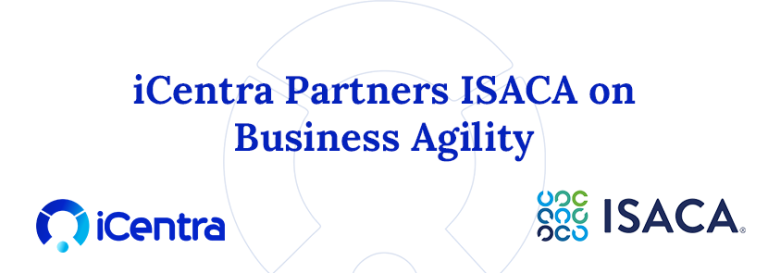Organizational transformation is a fundamental process that many businesses undergo to adapt to changing market demands, technology advancements, or internal restructuring. While these transformations hold the promise of growth and innovation, they also come with inherent challenges that, if not managed effectively, can lead to setbacks and failures.
Let’s discuss the biggest organizational transformation mistakes and strategies to avoid them, ensuring a smoother and more successful transformation process for your organization.
1. Lack of Clear Vision and Strategy
One of the most common missteps organizations make is embarking on transformation without a clear vision and strategy. Without a roadmap, even the most talented teams can lose their way. A study by Harvard Business Review revealed that 70% of transformation initiatives fail due to a lack of clear vision and alignment.
2. Resistance to Change
Change is often met with resistance, and organizational transformation is no exception. Employees at all levels may be hesitant to embrace new processes, technologies, or ways of working. A survey by Prosci found that resistance to change is the top obstacle to successful transformation, cited by 49% of respondents.
3. Inadequate Communication
Effective communication is vital during times of change. Yet, many organizations fall short in this area, leading to confusion, uncertainty, and decreased morale. A Gallup poll indicated that only 13% of employees strongly agree that leadership communicates effectively during organizational changes.
4. Overlooking Culture and People
Transformation isn’t just about processes and systems; it’s about people. Ignoring organizational culture and failing to engage employees can derail the best-laid plans. A report by Kotter and Heskett found that companies with strong cultures outperform their competitors by 20% in terms of revenue and 28% in terms of growth.
5. Poor Execution and Implementation
A well-crafted strategy is only as good as its execution. Many organizations stumble when it comes to implementing their transformation plans effectively. According to a PwC study, only 2.5% of companies successfully complete 100% of their transformation projects.
Ways to Avoid Common Organizational Transformation Mistakes
Organizational transformation can be daunting, but with proactive planning and strategic execution, organizations can mitigate risks and increase the likelihood of success. Here are some key ways to avoid common transformation mistakes:
1. Establish a Clear Vision and Strategy
Begin with the end in mind. Develop a clear and compelling vision for the transformation and align it with your organization’s strategic objectives. Engage stakeholders at all levels to ensure buy-in and commitment to the vision. Regularly revisit and refine the strategy as needed to adapt to changing circumstances and insights.
2. Foster a Culture of Openness and Inclusion
Create an environment where employees feel valued, heard, and empowered to contribute to the transformation journey. Encourage open communication, feedback, and collaboration across all levels of the organization. Recognize and reward innovative thinking, resilience, and adaptability to foster a culture that embraces change.
3. Communicate Effectively and Often
Develop a comprehensive communication plan that outlines key messages, channels, and stakeholders. Keep employees informed and engaged throughout the transformation process, addressing concerns, celebrating milestones, and reinforcing the vision and objectives. Tailor communication strategies to different audiences to ensure relevance and clarity.
4. Invest in Leadership and Change Management Capabilities
Equip leaders and managers with the skills, knowledge, and tools needed to lead effectively during times of change. Provide training and support to build change management capabilities across the organization. Foster a coaching mindset and encourage leaders to serve as role models for embracing and championing change.
5. Prioritize Execution and Implementation Excellence
Establish clear roles, responsibilities, and accountability mechanisms to ensure seamless execution of transformation initiatives. Monitor progress, identify and address barriers and bottlenecks proactively, and adjust plans as needed to stay on track. Foster a culture of continuous improvement and agility to adapt to evolving circumstances and capitalize on emerging opportunities.
Leveraging iCentra’s Organizational Transformation Solution
In addition to these strategies, partnering with iCentra can provide your organization with tailored guidance, expertise, and support to navigate the complexities of organizational transformation successfully. With iCentra’s proven methodologies, frameworks, and tools, your organization can address common challenges, optimize performance, and achieve sustainable growth.
So, as you begin your organization’s transformation journey, are you equipped for what lies ahead and ready to seize the opportunities that await?






